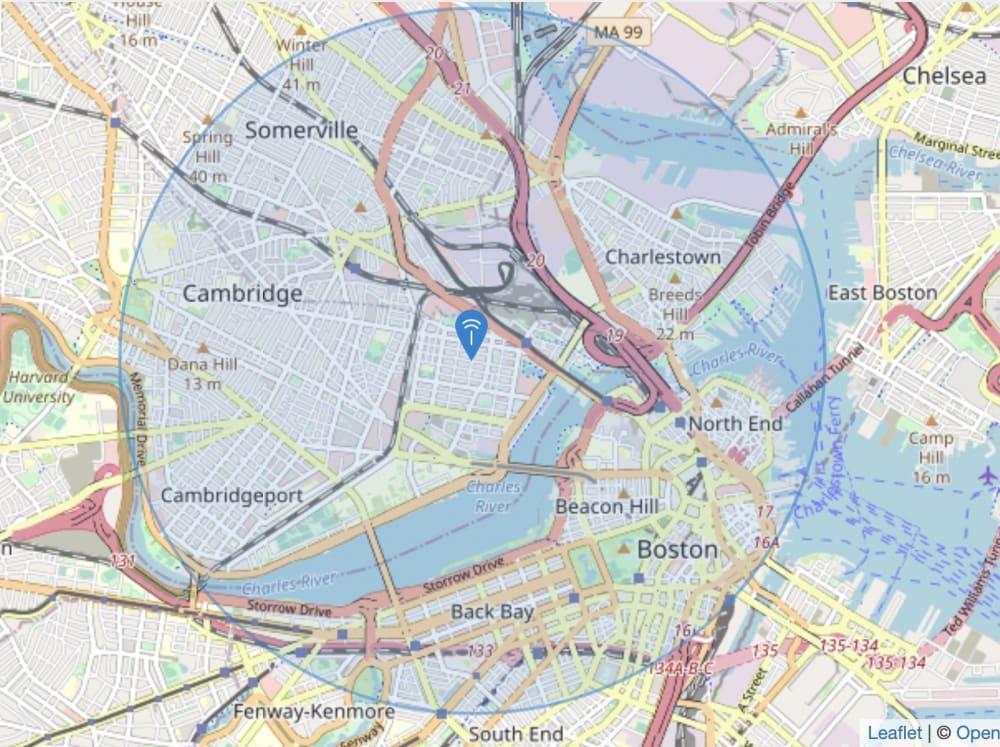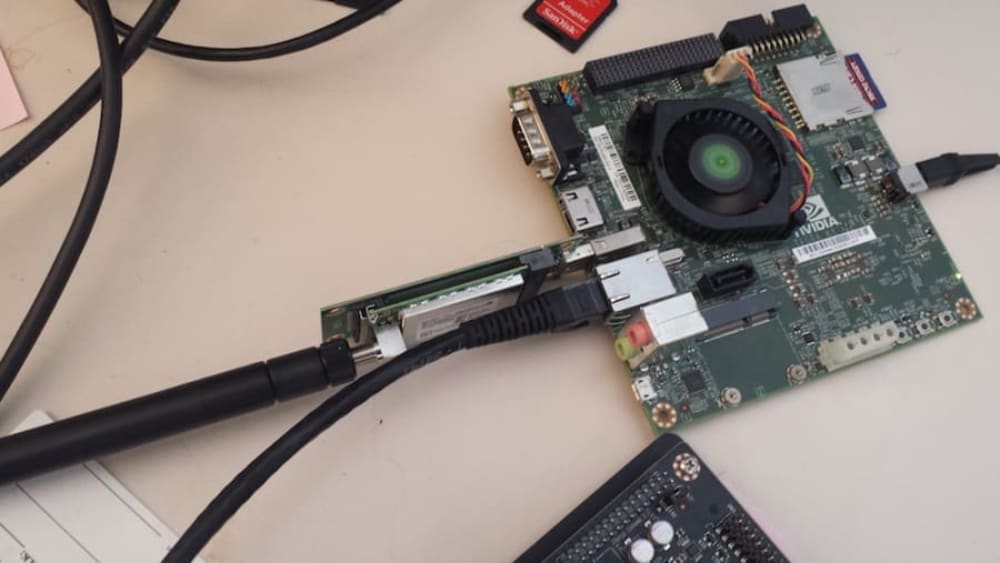
IoTNet is the plumbing that glues an arbitrary input to an ad hoc output. There is a growing need for a publicly fielded network where people who need passive, non-interactive access to objects like sensors, actuators, and other cyber-physical systems (CPS) can seamlessly interact with them based on location and other user-defined variables. IoTNet delivers on that vision by saturating an area with LoRaWAN coverage. LoRaWAN isn't for you if you need good bandwidth or latency. But if you need (LOng) RAnge, the LoRa in LoRaWAN, it has it's utility. Communities can now get decent coverage via either emplacing LoRa bridges, like the ones we espouse, or by utilizing a synthetic mesh functionality with standalone LoRa devices that are agnostically emplaced.
IoTNet is not a best-effort real-time network. The network is innovative since it uses opportunistic routing protocols, like WiFidonet, to get a guaranteed delivery. The messages are small and are mostly used for just on/off switches. But you can do a surprising amount with that payload since it's all about the context.
IoTNet can be used for essential data in emergencies as well as under typical daily use. Today, this model works in Cambridge, MA. There are various single-board computers placed throughout the city that act as "gateways" to make use of the LoraWAN protocol to communicate through long range, low bandwidth radio frequencies to form a network that links a device or "node" to the network. The system has minimal power requirements (the current Beaverboard prototype runs on a 5V power adapter) and is designed entirely on existing hardware and open source software.
IoTNet is TTN compatible. Indeed, our beta network is registered at http://thethingsnetwork.org/c/boston. There are many DIY gateway designs listed at their https://www.thethingsnetwork.org/docs/gateways/ site and we implemented the fully compliant variety. This allows users to BYOH if they want to participate in the network. We now hope to expand this network to other interested communities.
IoTNet : A real-world usage case. You have a Gazinta (a fob on your keychain which in our case was a repurposed Amazon Dash button) and you walk past a particular GPS indexed IoTNet Access Point on your way to a public transportation stop. A single packet is transmitted, just a ping really, and through the miracle of services like If-This-Then-That scripts at https://ifttt.com/ your Gazouta (in this case a home automation thermostat) is told to raise the temperature 5 degrees to coincide with your arrival home. We are actively looking for developers that have world beater ideas on how to leverage this novel tech. The coding is simple; It is pseudocode and command line arguments.
The beta test for this network took place in Cambridge, MA where there are many ways to connect freely. Indeed, there is not only the Kendall Square public wireless network but there are also many Soofa benches where you can plug into USB to get 5v. https://bit.ly/3RfWIrb
-
Awards
-
 2022 Top 100 Entries
2022 Top 100 Entries
Like this entry?
-
About the Entrant
- Name:Kurt Keville
- Type of entry:individual
- Patent status:none








